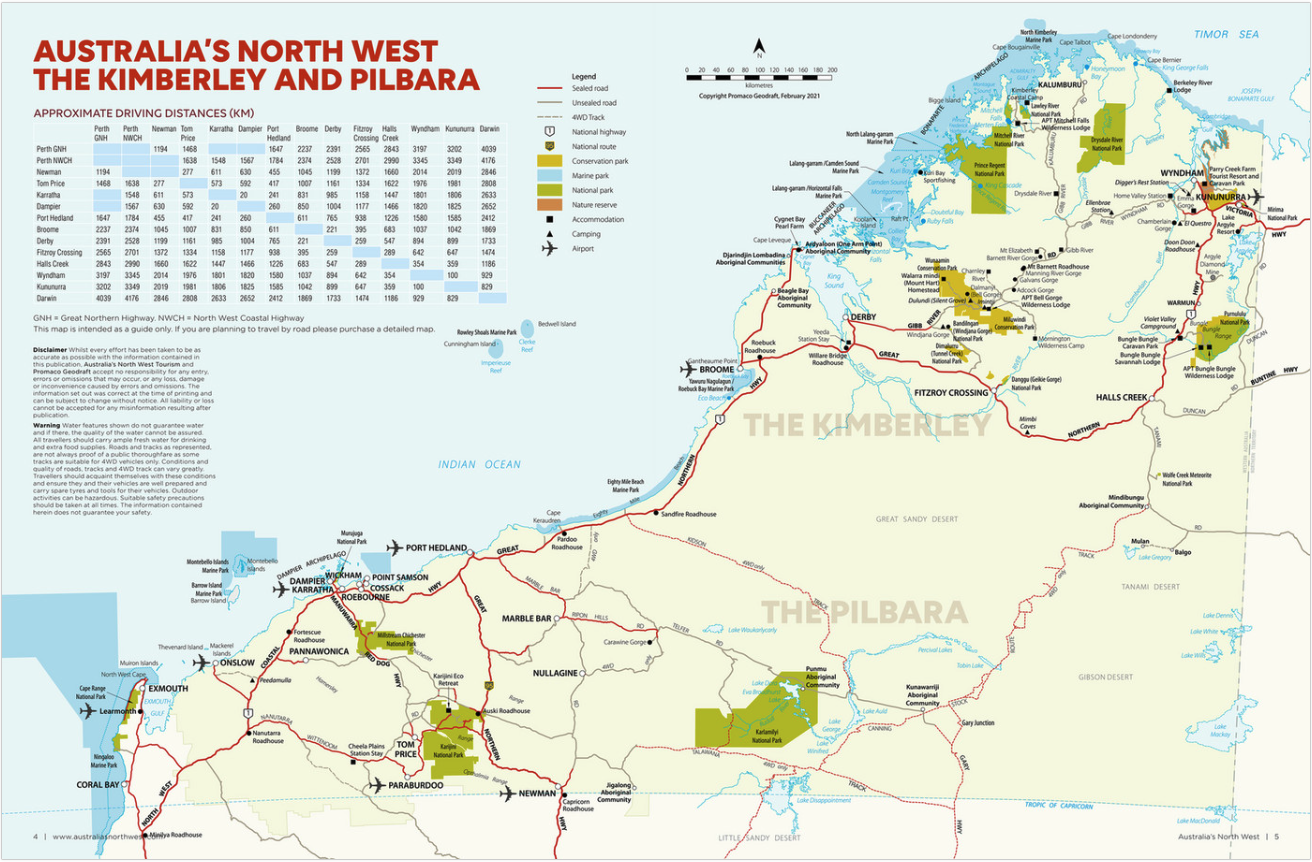Mackerel Islands Weather
Situated just north of Exmouth and the Ningaloo Reef in Western Australia, the warm and sunny Mackerel Islands enjoy ideal weather conditions over the Australian Autumn, Winter and Spring months.
With temperatures averaging in the high 20°C's, this is the perfect beach holiday spot to escape the cold on a winter getaway.
Mackerel Islands Average Temperatures and Rainfall
| Long-Term Averages | |||||||||||||
|---|---|---|---|---|---|---|---|---|---|---|---|---|---|
| Jan | Feb | Mar | Apr | May | Jun | Jul | Aug | Sep | Oct | Nov | Dec | Annual | |
| Mean Max (°C) | 33.3 | 33.9 | 34.1 | 32.4 | 28.7 | 25.4 | 25.0 | 26.2 | 27.8 | 29.7 | 30.8 | 32.3 | 29.9 |
| Mean Min (°C) | 24.8 | 26.2 | 26.3 | 24.5 | 21.2 | 18.6 | 17.0 | 16.7 | 17.8 | 19.7 | 21.4 | 23.2 | 21.7 |
| Mean Rain (mm) | 27.8 | 63.5 | 32.3 | 19.6 | 51.4 | 38.3 | 14.7 | 3.7 | 1.2 | 1.0 | 1.0 | 8.4 | 244.7 |
| Mean Rain Days | 3.2 | 3.3 | 2.8 | 2.5 | 4.5 | 6.0 | 4.7 | 4.7 | 2.6 | 1.1 | 0.7 | 1.5 | 36.0 |
Weather on the Islands
The ideal time to visit the Mackerel Islands is in the Autumn, Winter or Spring seasons, from March through to November. This is when the weather is warm and sunny, but cooler than in the summer months, with average maximum temperatures ranging between 25° and 34° Celsius, and average minimum temperatures ranging between 16° and 26° Celsius.
The summer months, from December through to February, are a popular time for locals and road trippers seeking a dose of the beach and respite from summer's heat. The average minimum temperatures is 23° to 26° Celsius, while the average maximum is 32° to 34° Celsius.
Located a short hop off the coast of Onslow, in the Pilbara region of Australia's North West, the climate is classified as subtropical. The Pilbara winters offer warm, sunny weather, making the Mackerel Islands an ideal escape to disconnect from life's bustle and reconnect with friends and family. This is a unique island holiday location to soak up magnificent blue ocean views, sparkling sunshine, untouched nature, and marine and wildlife experiences.
Rainfall
Most of the region's rainfall occurs during the summer months, with annual precipitation averaging around 430mm, or 17 inches (430 litres per square metre). We are prone to some pretty impressive storms and cyclones occasionally!
Winds
The wind during the winter months comes predominantly from the SE and eases during the morning. It differs from the wind in the southern part of Western Australia, where an afternoon sea breeze is experienced. There is no need to get up early and rush out in your boat, as the day generally keeps on getting better!
There is also minimal swell in the area, meaning once the wind decreases so too does the sea state. It is not uncommon to experience afternoon glass offs - perfect conditions for stand-up-paddling, kayaking and snorkelling.
Climate in Australia's North West Region
The weather and climate in the Kimberley and Pilbara regions of Australia's North West vary dramatically. Temperatures range from under 5°C to over 40°C and the weather pattern creates two very distinct seasons, each offering vastly different holiday experiences.
May to October - Winter or Dry Season
Winter is the most popular time to visit the Kimberley and Pilbara regions of Australia’s North West. Daytime temperatures range from 20°C to 30°C, perfect for enjoying all outdoor activities. On the coast, nights are cool with fresh breezes, while inland the wind off the desert can see temperatures plummet to near freezing.
November to April - Summer or Wet Season
In summer there are fewer crowds, the days can be hot and the nights are balmy. While it is known as the wet season in the Kimberley and Pilbara regions, the rain usually falls in heavy, short downpours in the late afternoon and evenings. Expect great lightning shows, dramatic sunsets, thundering waterfalls and plenty of wildlife.
Although many tours operate year-round, some attractions cannot be accessed due to closed roads and local flooding. So plan your holiday in advance and get expert advice from the region's Visitor Centres.
Cyclones in Australia’s North West
Tropical cyclones are a natural hazard that can cause considerable damage. They are a feature of the weather and climate in Australia’s North West and can occur throughout the wet season in the Kimberley and Pilbara regions. .

